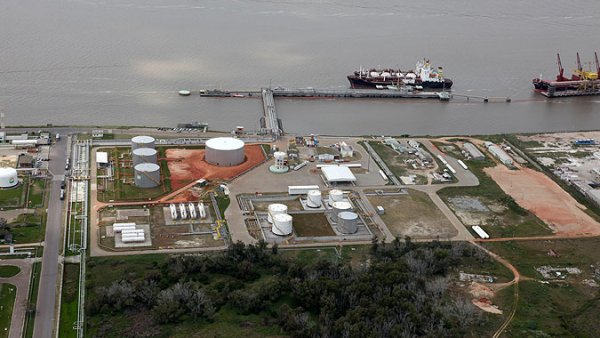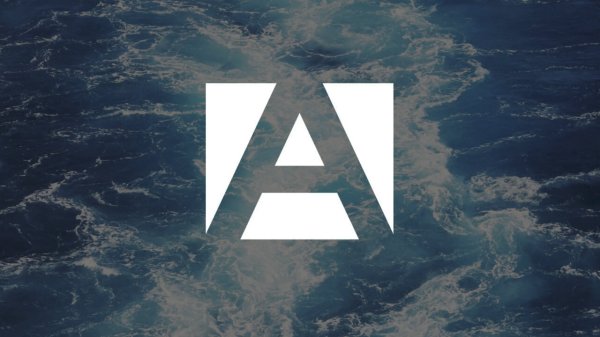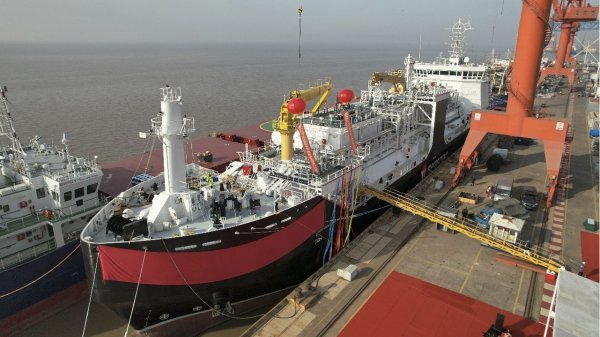Project targets emissionless 'green corridor' with first electric inland boxship
Initiative aims to make sailing between Alphen aan den Rijn, Rotterdam and Antwerp emission-free.
Nedcargo, Heineken and Port of Rotterdam Authority have held initial discussions regarding the possibility of developing the first electric inland container vessel, which would be used to transport products via a 'green corridor' between the Alpherium container terminal in Alphen aan den Rijn (south of Amsterdam), Rotterdam and Antwerp.
The project would enable Heineken to transport beer from its brewery in Zoeterwoude, located around 16 kilometres west of Alphen aan den Rijn, to the deep-sea terminals in Rotterdam.
"Our project aims to make sailing between Alphen aan den Rijn and Rotterdam and Antwerp emissionless. We've got a ship with an electric motor. We are now looking for possibilities to replace the diesel generators which generate electricity with something really emissionless, such as batteries, hydrogen or a combination of both. We've talked about that today," Nedcargo's Bert van Grieken explained.
ING's Managing Director of Energy Transition, Dirk Jan van Swaay, noted that the project would need to incorporate other companies as well as Heineken in order for it to make sense as a business proposition.
"If you only look at transporting beer to the port of Rotterdam, it will be a tough business case. If you combine it with more clients, then the business case is more feasible. We need to find a chain of solutions and not just an individual solution for one user of energy," van Swaay observed.
Jan Kempers, Manager Sustainable Development at Heineken Nederland Supply, was positive about the meeting to discuss the green corridor concept.
"Today went better than I could have hoped. At a certain point I asked them who was really willing to participate to write a project proposal and to eventually organize the project. Three quarters of the attendees stood up. That really touched me in a positive way," Kempers said.
Kempers added: "It's going to happen. No doubt about it. We are going to produce the first electric inland vessel for containers."
GoodFuels
Earlier this year, Bunker Index reported that Heineken, Nedcargo and sustainable fuel supplier GoodFuels had launched a pilot initiative to demonstrate a sustainable drop-in marine fuel on board the For Ever - an inland barge dedicated to transporting Heineken export beer from the company's brewery in Zoeterwoude to the deep-sea terminals in Rotterdam.
The marine fuel supplied by GoodFuels contains 30 percent biofuel and is said to reduce CO2 emissions by more than 25 percent whilst also sharply reducing local emissions as nitrogen and particulate matter.
The project is designed to showcase the possibility of reducing emissions of inland waterway transport without any vessel modification. The exact emission reduction compared to fossil fuel is monitored live during the pilot using Blueco's Konnexus system for remote monitoring. The initiative is being supported by Expertise en InnovatieCentrum Binnenvaart (EICB) and the Dutch Ministry of Transport.
The project would enable Heineken to transport beer from its brewery in Zoeterwoude, located around 16 kilometres west of Alphen aan den Rijn, to the deep-sea terminals in Rotterdam.
"Our project aims to make sailing between Alphen aan den Rijn and Rotterdam and Antwerp emissionless. We've got a ship with an electric motor. We are now looking for possibilities to replace the diesel generators which generate electricity with something really emissionless, such as batteries, hydrogen or a combination of both. We've talked about that today," Nedcargo's Bert van Grieken explained.
ING's Managing Director of Energy Transition, Dirk Jan van Swaay, noted that the project would need to incorporate other companies as well as Heineken in order for it to make sense as a business proposition.
"If you only look at transporting beer to the port of Rotterdam, it will be a tough business case. If you combine it with more clients, then the business case is more feasible. We need to find a chain of solutions and not just an individual solution for one user of energy," van Swaay observed.
Jan Kempers, Manager Sustainable Development at Heineken Nederland Supply, was positive about the meeting to discuss the green corridor concept.
"Today went better than I could have hoped. At a certain point I asked them who was really willing to participate to write a project proposal and to eventually organize the project. Three quarters of the attendees stood up. That really touched me in a positive way," Kempers said.
Kempers added: "It's going to happen. No doubt about it. We are going to produce the first electric inland vessel for containers."
GoodFuels
Earlier this year, Bunker Index reported that Heineken, Nedcargo and sustainable fuel supplier GoodFuels had launched a pilot initiative to demonstrate a sustainable drop-in marine fuel on board the For Ever - an inland barge dedicated to transporting Heineken export beer from the company's brewery in Zoeterwoude to the deep-sea terminals in Rotterdam.
The marine fuel supplied by GoodFuels contains 30 percent biofuel and is said to reduce CO2 emissions by more than 25 percent whilst also sharply reducing local emissions as nitrogen and particulate matter.
The project is designed to showcase the possibility of reducing emissions of inland waterway transport without any vessel modification. The exact emission reduction compared to fossil fuel is monitored live during the pilot using Blueco's Konnexus system for remote monitoring. The initiative is being supported by Expertise en InnovatieCentrum Binnenvaart (EICB) and the Dutch Ministry of Transport.

|
IMO approves pricing mechanism based on GHG intensity thresholds
Charges to be levied on ships that do not meet yearly GHG fuel intensity reduction targets. |
|
|
|
||

|
VARO Energy expands renewable portfolio with Preem acquisition
All-cash transaction expected to complete in the latter half of 2025. |
|
|
|
||

|
NYK trials biofuel in milestone coal carrier test
Vessel is used to test biofuel for domestic utility company. |
|
|
|
||

|
H-Line Shipping orders LNG bunkering vessel
Vessel with 18,000-cbm capacity to run on both LNG and MDO. |
|
|
|
||

|
How to engineer and manage green shipping fuels | Stanley George, VPS
Effective management strategies and insights for evolving fuel use. |
|
|
|
||

|
Swedish government bans scrubber wastewater discharges
Discharges from open-loop scrubbers to be prohibited in Swedish waters from July 2025. |
|
|
|
||

|
MAN Energy Solutions achieves 100% load milestone for ammonia engine
Latest tests validate fuel injection system throughout the entire load curve. |
|
|
|
||

|
Petrobras secures ISCC EU RED certification for B24 biofuel blend at Rio Grande
Blend consisting of 24% FAME is said to have been rigorously tested to meet international standards. |
|
|
|
||

|
Stolt-Nielsen to fully control Avenir LNG with acquisition
Share purchase agreement to buy all shares from Golar LNG and Aequitas. |
|
|
|
||

|
Bureau Veritas supports launch of CIMC SOE's LNG bunkering vessel
Handover of Seaspan Energy's cutting-edge 7,600-cbm vessel completed. |
|
|
|
||
Related Links
- · Heineken and GoodFuels team up in new biofuel bunker initiative [Insights]
- · Netherlands [Directory]

